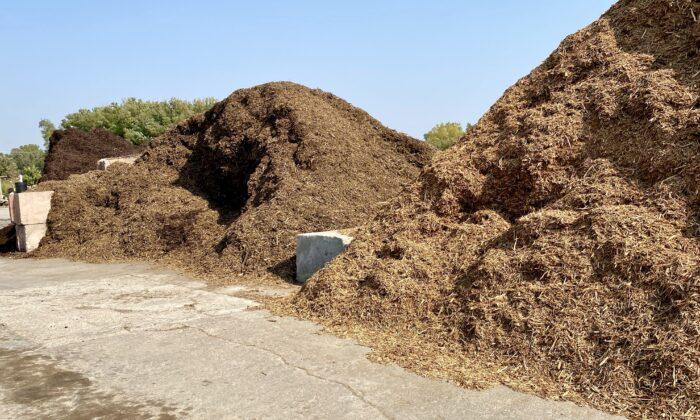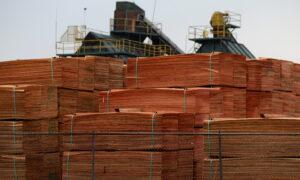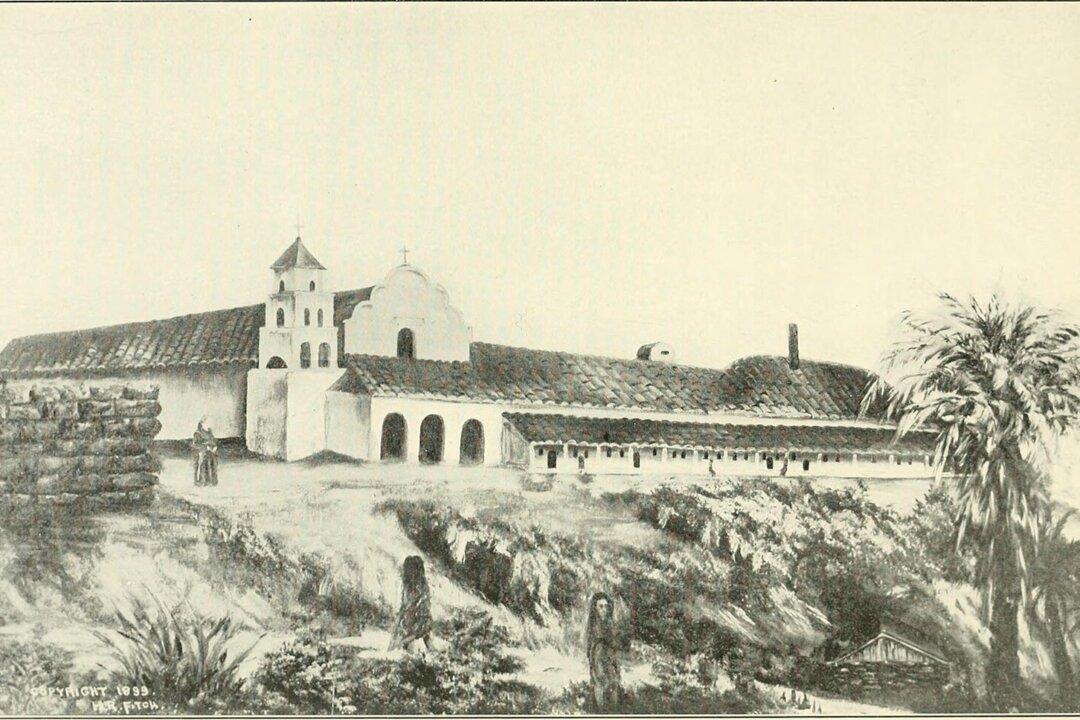Merriam-Webster’s definition for mulch is a “protective covering spread or left on the ground to reduce evaporation, maintain even soil temperature, prevent erosion, control weeds, enrich the soil, or keep fruit (such as strawberries) clean.” Backyard Conservation Tipsheet provided by the U.S. Department of Agriculture’s Natural Resources Conservation Services notes, “Mulching is one of the simplest and most beneficial practices you can use in the garden.”
Yet, the why, what, where, and when of mulch often stumps many backyard lay gardeners.
- plant “security blanket”
- winter root insulator
- summertime moisture retainer
- nutrient supplier
- weed minimizer
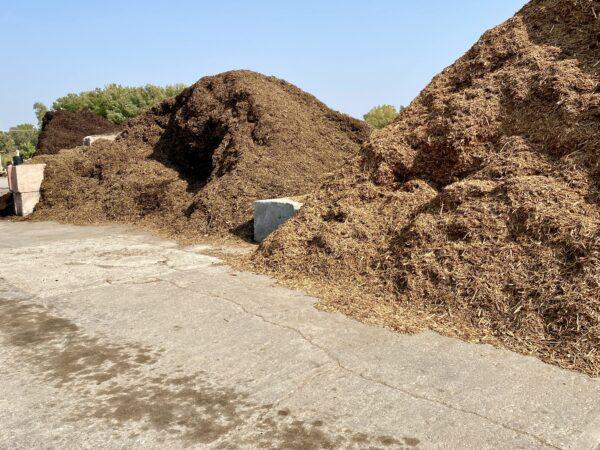
And then there is the sensory aspect of mulch. Eric Walker, supplier/manager at Sun Valley Landscaping in Omaha, Neb., explained that not only does mulch help most plants thrive, but gardeners and homeowners are happier “because mulch makes gardens look nice and smell nice. There’s an aromatic smell, especially with cedar mulch.”
Walker also pointed out that natural, organic mulch materials improve the condition and nutrient content of the soil.
Horticulturists at K-State Research and Extension in Shawnee County, Topeka, Kan., shared another benefit of quality organic mulch: “It often attracts earthworms and microorganisms whose by-products improve the texture of the soil.”
In contrast, inorganic mulch made of plastic, for example, may practically eradicate weeds but may not enable the ground around plants to “breathe,” thus contributing to moisture and disease problems.
Some purchasable natural mulches, available in bags and sometimes by the truckload at gardening, landscaping, and hardware stores, include wood bark chips and shredded bark primarily from such sources as pine, cedar and cypress trees as well as various other hardwoods.
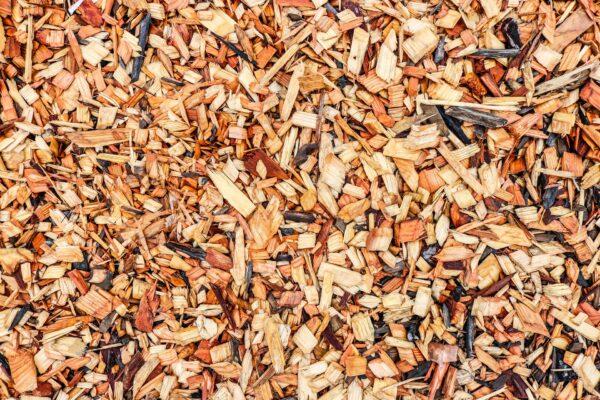
Mulch also comes in what is considered mini versus large nuggets as well as dyed versus naturally colored. Basically, the smaller the mulch pieces, the faster it will breakdown and compost into the soil. And, choosing naturally colored mulch over the dyed rust-red or coal-black varieties is a matter of preference. However, most important is to determine the source of dyed mulch as it may be made of recycled, treated lumber and thus contains chemicals that could irritate hands or prove toxic to pets, wild animals, and birds.
- Shredded bark is the most used and most affordable, works well on slopes, and does not wash away as easily as some types of large nugget or chunk-type mulches; yet, depending on the type of wood, it could increase the soil’s alkalinity. He advised: “If you do have acid-loving plants in your landscape, fertilizer supplements may be required to keep them happy.”
- Wood chips are more durable and a smart choice for playgrounds, paths, and walkways. However, Schill pointed out, “When used in the landscape, be mindful of the nitrogen deficiencies it can create in your soil as it decomposes due to its high carbon-to-nitrogen ratio.”
- Pine needles provide a “soft, unique appearance,” and they break down slowly.
Grass clippings can be a hazard, however. Warns K-State Research and Extension: “Don’t use grass clippings treated with a broad-leaf weed control! These herbicides harm all broad-leaf plants, including shrubs, trees, perennials and annuals.”
How much mulch is needed and where it should be spread are two questions that perplex some gardeners. The USDA offers detailed guidelines in its Tipsheet. For instance, bark mulch and wood chips can be applied at a depth of 2 to 4 inches. Other USDA tips: “Do not apply mulch directly in contact with plants. Leave an inch or so of space next to plants to help prevent diseases flourishing from excessive humidity.”
“Most plant beds need mulch,” said Schill, “but there are some plants that are a bit heartier and can stand the heat and just need bare ground or rock beds. And if too much mulch is applied and the layer is too thick, the area may mold because the mulch is causing the retention of too much moisture.”

Offered Mezitt, “Many times I see the ‘volcanoes’ around tree trunks in the landscape. This prevents oxygen from getting to the roots of the plants.”
Schill added that mulch can be applied during any season. “Any time of the year is fine, but typically in the spring is a good time. If there is already mulch in beds or around plants from a previous season, then just mulch maintenance and upkeep is necessary, top dress about an inch to refresh the color and add thickness, especially if the mulch has broken down over time.”

